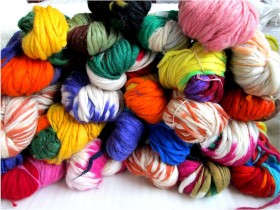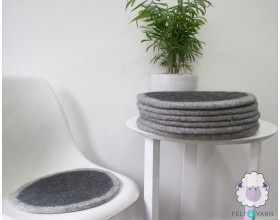The warmth of wool never goes out of style. The wonderful feel of the wool felt fabric against your skin, as well as the durability of wool, are two reasons why most of us choose it. How much do you know about wools different types of wool, though?
So, let's begin with a question. When you hear the word "wool," what comes to mind? The majority of us associate it with fabric made from sheep. Although this is true as most wool comes from sheep, most of us are unaware that wool does not solely come from sheep.
The wool comes in several varieties, which most people are unaware of. There are many varieties of wool, and many of them come from different animals. Each has its distinct properties that produce a specific look and feel.
Benefits of wool:
Before we begin, the different types of wool will help you understand the benefits of wool. Wool has some properties that other natural fibers such as cotton and linen do not.
1. Wool is water-repellent
Wool is a special fiber that naturally absorbs water to reduce coolness and does not pierce through the fibers. This allows the wool to resist external moisture such as rain and snow while at the same time absorbing moisture from the skin. Scale gives wool garments a dry-skin feel even after absorbing moisture.
2. Wool doesn’t stink!
Merino wool is unique and the best wool type in that it absorbs bacterial odors and traps them to prevent their build-up. Merino wool products are highly odor resistant due to their natural antibacterial properties that do not bind bacteria and are perfect for trips and long hikes where you don't have space to pack your things.
3. Wool is biodegradable
Wool is biodegradable. It is a natural, renewable resource, and sheep will continue to produce wool as long as there is grass to eat. When wool is discarded, it naturally decomposes, slowly releasing valuable nutrients into the earth.
4. Wool is easily washable
Washing wool is so easy, and many wool garments are machine washable, giving you more time to do what you love. It is to produce bright colors. And the other hand is that it is properly washable in cold water as well. It also does not pill or shrink.
5. Wool is a thermal insulator
Wool is a powerful natural insulator as the fibers act as a heat shield. In colder climates, wool retains heat and helps cool the air. It is also the best wool type, odor-resistant, absorbent, and moisture-wicking. Wool is also odor-resistant, absorbent, and moisture-wicking, and small air pockets in the fabric trap body heat, providing excellent insulation.
The types of wool depending on the type of sheep breed, the type of animal, places, etc. to get the wool. The same breed of sheep can produce different types of wool depending on how they are cared for.
Here, we are breaking down things you need to know about the most common types of wool.
Merino Wool
Merino wool is a fine wool that comes from merino sheep. It is considered one of the most luxurious and expensive fibers in the world. Merino wool contains finer and smaller fiber scales, making it the world's softest wool.
Merino is one of the most common fibers used in felting. The length of each fiber is around 3-4 inches making it great for wet felting rather than needling. The fiber diameter is just around 10-20 microns making it the finest wool yet, it is strong and durable. Also, the fine fiber makes it less bulky with less shrinkage than other wool types.

Even though merino sheep were first bred in Spain, the merino wools are now sourced from Australia, New Zealand, and South Africa. Products made from merino wool like mittens, scarves, sweaters, etc. are regarded as the best as the softness of the wool makes it less itchy.
The merino fibers have several wool benefits natural bent or curls that help in making products that are both breathable and long-lasting. They are hypoallergenic too.
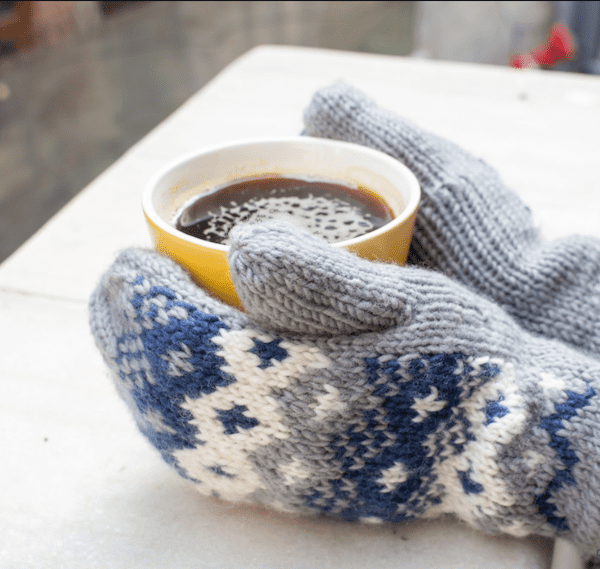
Merino wool is relatively greasy due to the presence of natural fatty grease called lanolin before processing. Lanolin must be removed from this type of textile before it can be spun into yarn, thus only half of the fleece can be used to make a garment. This is the reason for the merino product being expensive.
Lambswool
Known as virgin wool, lambswool is referred to wool that comes from the first shearing of a young sheep or lamb. The wool is first shorn off of the lamb when they are around 7 months old hence the name ‘Lambswool’.
Like merino, lambswool is also soft, smooth, and fine. And as the first shearing of lamb happens only once, they are also rather expensive than other wool types. The wool also does not wrinkle easily and has hypo-allergenic quality.
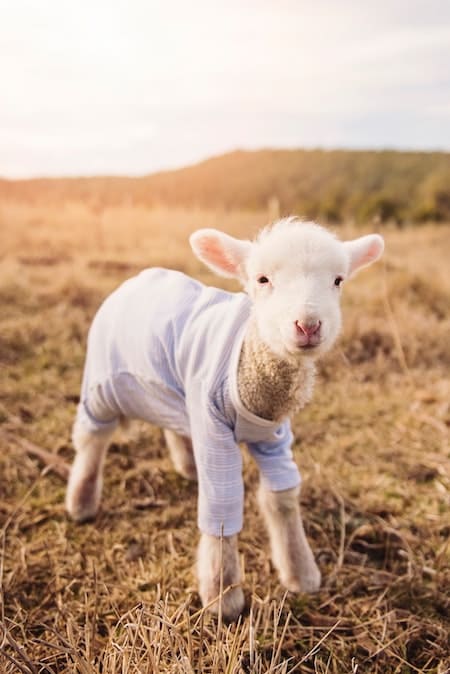
This wool is a soft and durable fiber that is a popular choice for all types of clothing, from sweaters to suits. The fluffy texture and hypoallergenic, making it a great choice for those with sensitive skin. Depending upon the breed and health factor, they yield anywhere around one to thirteen kilos of wool that does not need much processing.
Most people believe that shearing is cruel to the animal however this is not the case. It is beneficial to the animal. More information about this can be found in our previous blog "Why do sheep need shearing?"
Shetland Wool
Famous for its sheep and wool, Shetland wool comes from the Shetland Islands in Scotland. The wool has a diameter of around 23 microns making it thicker and coarser than merino wool and lambswool.
Despite being thicker and coarser, the shetland wool is light, fluffy, and warm. As it is more bulky and crimped than other wools, they are best suited for the knitting process. This makes the wool best for making winter products like sweaters and blankets. The bulkiness also means the wool can pill more often.
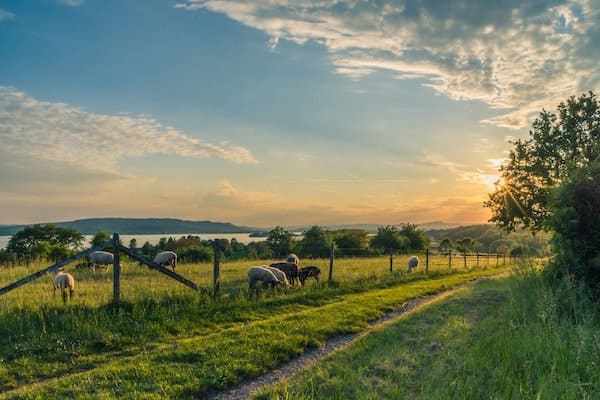
Shetland sheep are also the most colorful and produce a variety of wool colors. Shetland Wool has about 30 patterns of 11 recognized colors, making it ideal for producing naturally colored yarns without the use of artificial dyes.
Another best part about the Shetland sheep is that they can shed naturally during the spring season. This makes it easier for collecting the wool without having to shear the sheep.
Alpaca Hair
As the name suggests, alpaca wool comes from Alpaca; a native animal from South America. Alpaca produces the finest hair available, which leads to the production of alpaca wool.
Warmer than sheep wool, alpaca wool is a fine fabric with a diameter ranging from 15 to 40 microns. The two breeds of alpaca- Suri and Huacaya produce different wool. This makes the alpaca wool much more versatile than others as the wool can be fine (around 15 microns from the Suri breed) as well as coarse and itchy (over 30 microns from the Huacaya breed).
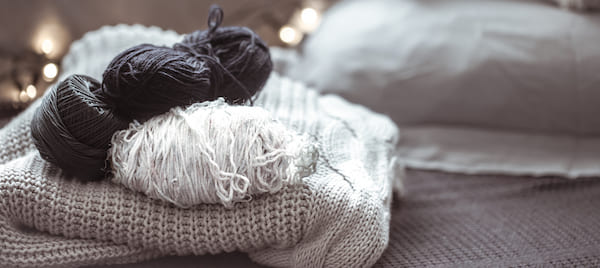
An alpaca yield is around 3 to 3.5 kilos of wool in a year. This too is hypoallergenic like other wool type. However, alpaca wool is easier to prepare and less time-consuming than sheep wool.
The alpaca hair is softer and stronger than cashmere, lighter than sheep's wool, and has high insulation with a soft feel. The fiber is medium-weight and both warmer and lighter than sheep's wool. This makes it perfect for use in coats, blankets, etc.
Angora
Made from the hair of an angora rabbit, angora wool type is considered to be the lightest and finest natural fiber. Angora hair is harvested from Angora rabbits breeds in Turkey and is most known for its incredibly light, silky texture, and extreme softness.
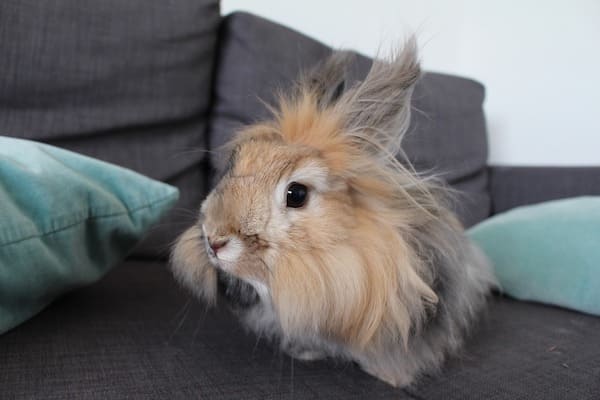
The angora wool has a silky texture and a subtle sheen, and it doesn't need to be brushed to keep it looking good. However, because it is only about 10-15 microns in diameter, the fibers are delicate and are mixed with other fibers to increase durability.
Soft, fluffy, and lustrous, angora hair is an exotic fiber used in many luxury items. It is often used in luxurious clothing, hats, etc. Angora is very popular because they have the heat retention ability as well as the moisture-wicking property of all-natural fibers. Thus making it perfect for any weather.
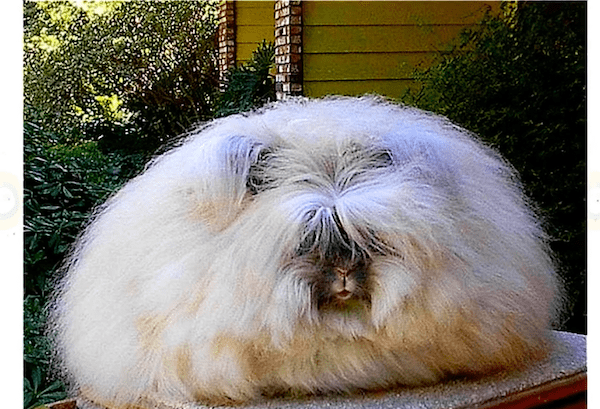
Mohair
Mohair wool is a wool fiber that is obtained from the Angora goat (not to be confused with the angora yarn that comes from the angora rabbit). Mohair is luxurious, long-lasting wool that drapes nicely and is frequently woven in a plain weave.
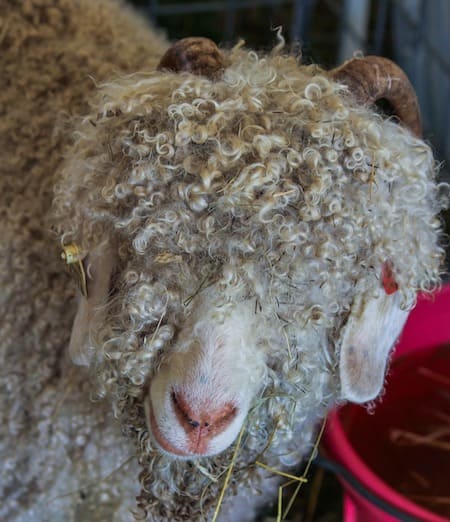
Mohair fibers are about 25-40 microns, and one Angora goat yields between 3-5 kilos of wool in a year. The length of the fiber is also comparatively longer than others making it stronger and smoother. The wavy hair of angora goats naturally leads to higher-crimp woolen textiles than other types of wool.
The wool is not coarse as others too and the longer length of the wool results in fuzzy fabric. With a lightweight and warm quality of wool, the Mohair is widely used in dresses, baby clothes, sweaters, scarves, and suits.
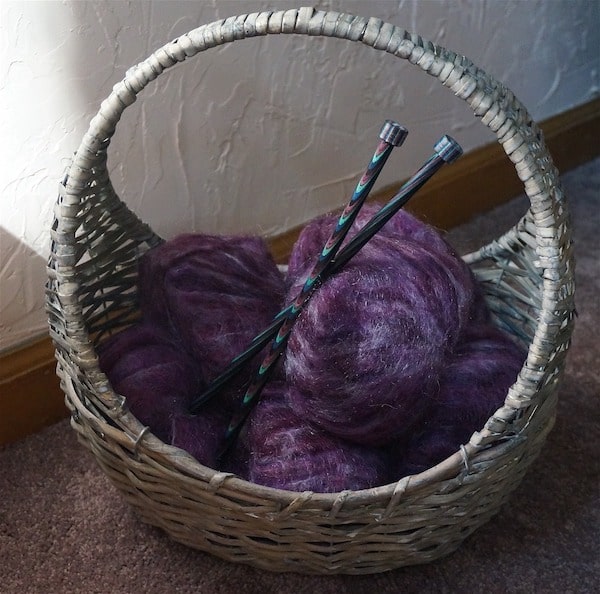
Cashmere
Like mohair wool, cashmere is also obtained from goat wool. The name cashmere comes from the ‘Kashmir region’ and the wool is obtained from the specific type of goat found in India, Pakistan, Tibet, China, Iraq, and other similar regions.
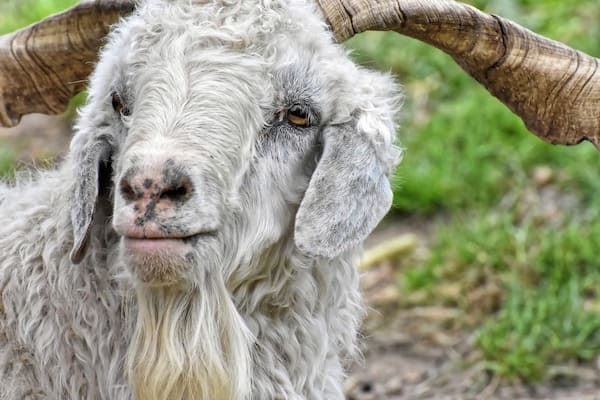
Cashmere wool is a fine, soft wool that is prized for its softness and warmth. The wool is usually white or cream in color and feels like silk to the touch. It is lightweight and has a wonderful, subtle sheen. It is very warm and comfortable and can be easily woven into a variety of items.
The finest cashmere fibers, around 18 microns, come from the undercoat of the Kashmiri goat that is similar to merino wool. The fibers are combed rather than sheared. As a result, only around 150 grams of wool can be obtained in a year from one goat. This makes the cashmere expensive as well.
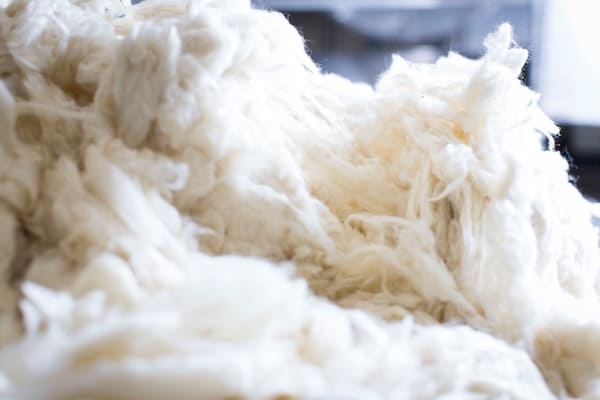
Cashmere is very fine, delicate, and light and is much less itchy than sheep’s wool. The clothes made from this fabric provide excellent insulation keeping you warm without overheating. So it is ideal in the spring and autumn months too.
Corriedale
Popular among fiber artists, Corriedale is naturally warm, soft, and durable wool that comes from a Corriedale breed of sheep from New Zealand and Australia. Corriedale is regarded as the oldest crossbred wool breed.
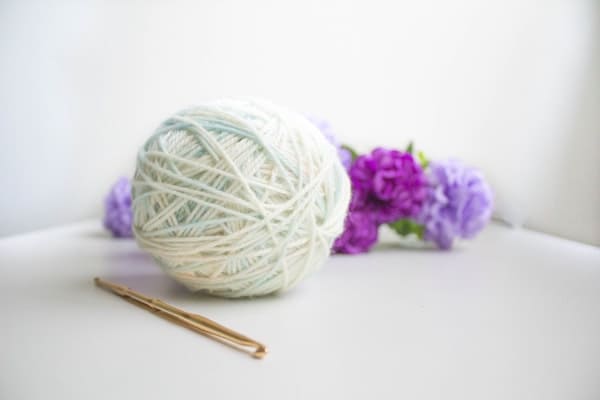
Corriedale is less fine than merino and some other wool making it perfect for felting. They have fine even crimp making them easy to spin and felt. This makes it best among knitters, weavers, and hand spinners.
The Corriedale fiber has a medium diameter with a long staple length making it one of the most versatile types of wool. Adding to its versatility, Corriedale has a durable and long-lasting character and is available in a variety of colors. The universal characteristics make it perfect for a variety of knitwear, blankets, yarns, crochet garments, etc.
So those are a few of the most prevalent wool words you'll get to hear. This isn't the only type of wool available, though. Camel hair, llama hair, vicuna wool, lincoln, and other wool fabrics are also prevalent and they each have distinct characteristics, textures, and qualities.
Comment below your best wool type that you use often. Also, don't forget to connect with us on our social media sites.

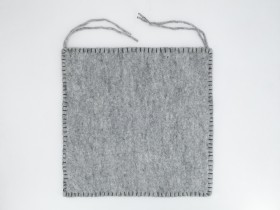
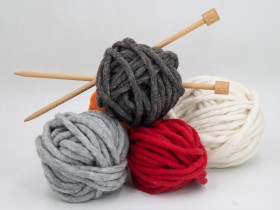
![Colorful Felt Wool Roving Pack [100 G] -Felt & Yarn](https://www.feltandyarn.com/7234-home_default/bulk-wool-roving-for-needle-felting-40gram-roll.jpg)
